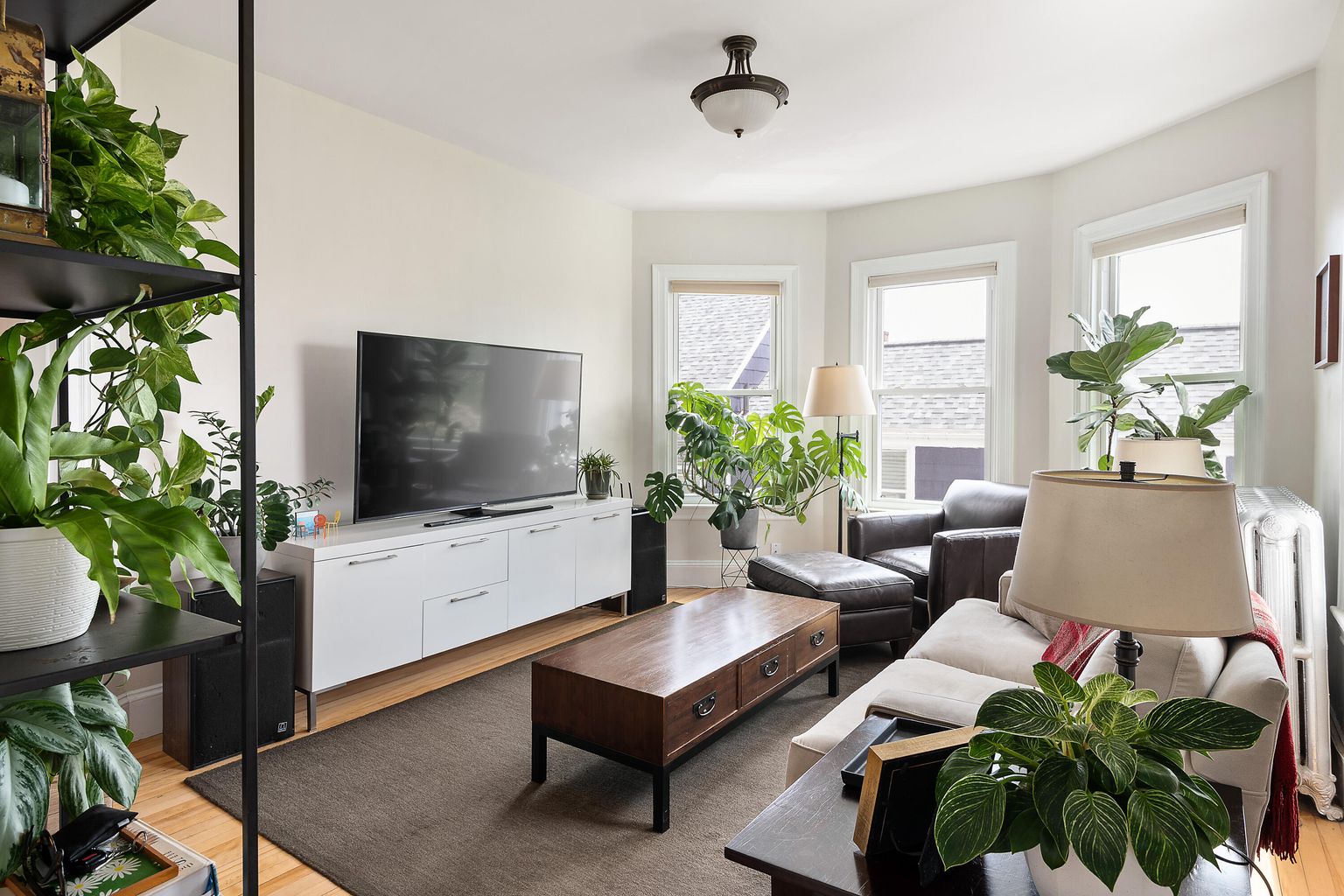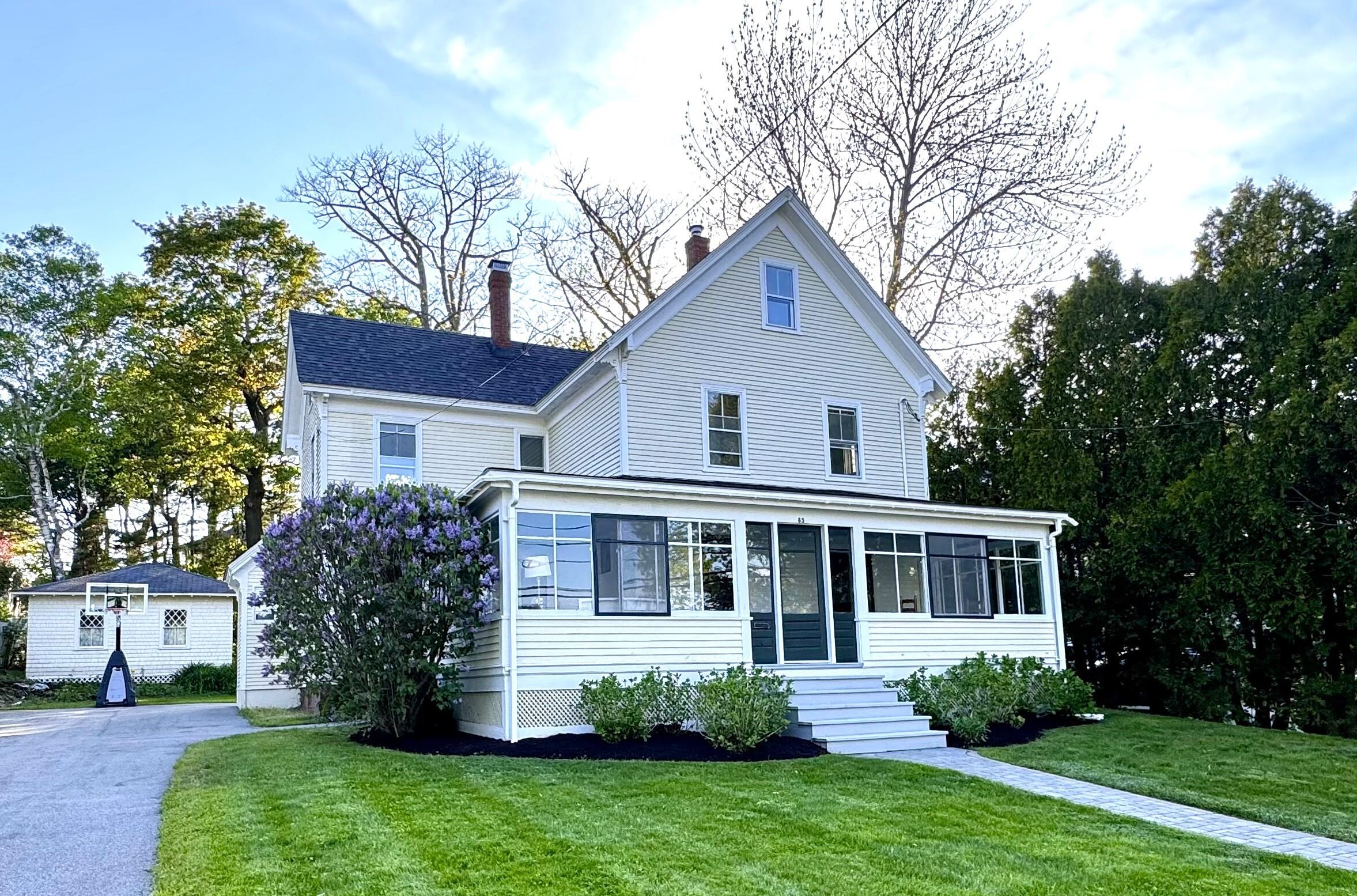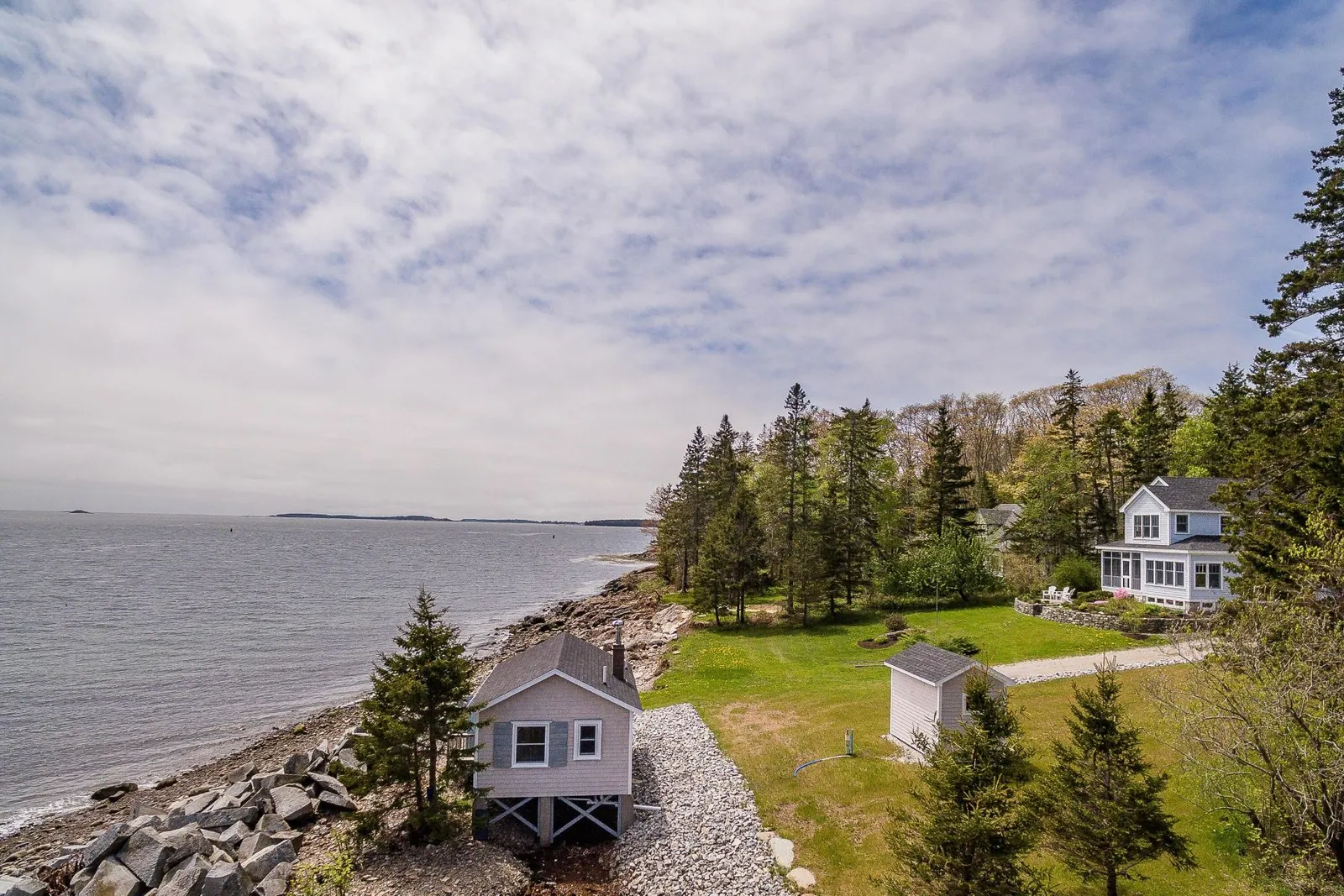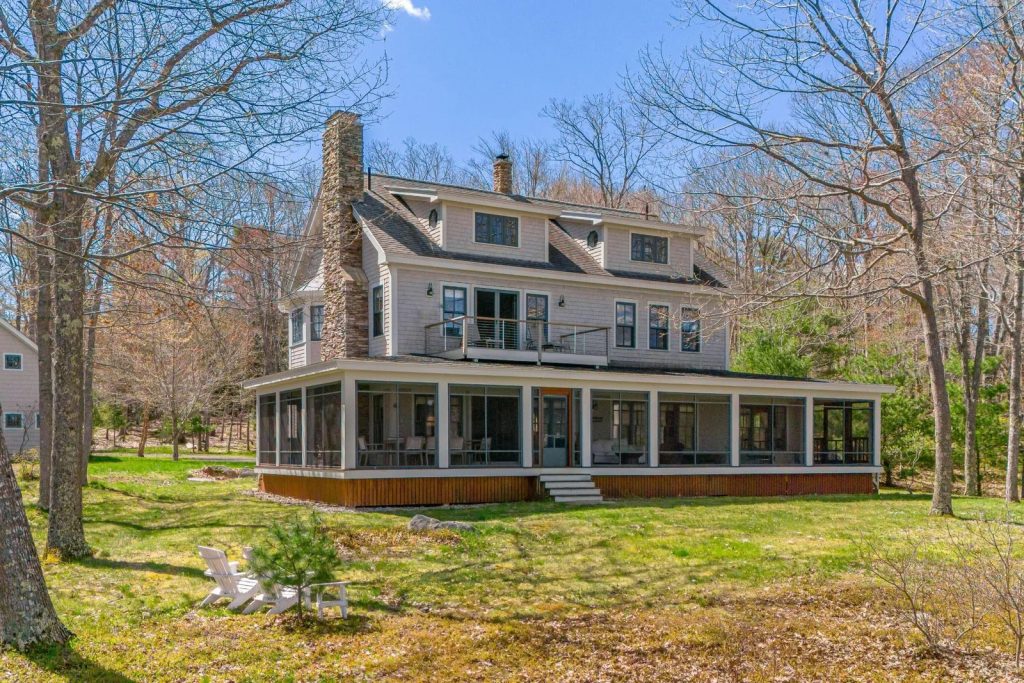
This story was originally published in Reside by Sotheby’s International Realty. Bringing plants indoors can open your home to a breath of fresh air, both from an aesthetic and a holistic perspective. They add life and color wherever you put them and have a host of health benefits. “Studies show that indoor plants can reduce stress, boost concentration and creativity, improve air quality, and, as most plant parents can attest, are therapeutic to care for,” says Eliza Blank, founder and CEO of The Sill, a direct-to-consumer plant brand with locations in New York, West Hollywood, and San Francisco. These days, finding your soil mate is as easy as ordering from Amazon. The Sill also offers plant delivery right to your door. In addition, there are online companies like Bloomscape, which ship full-grown plants straight from the greenhouse to you—already properly potted and with the necessary drainage. “Plants are like anything else these days, you can sit on your phone and order them while you’re on the subway,” says Elizabeth Stuart, principal of Elizabeth Stuart Design in Charleston, S.C. “But considering what type of plant works for you is like deciding what kind of pet fits your lifestyle,” Stuart says. “Are you a goldfish kind of person or a high-maintenance cat kind of person? Plants are no different.” CHOOSE CAREFULLY Be realistic about your time commitment, Blank says. Plants can be delicate, and the wrong kind of care can have grave effects. “Eighty percent of plants are killed by overwatering, and the other 20% are killed by no watering,” says Fernando Wong, founder of Fernando Wong Outdoor Living Design in Miami. Generally, indoor plants aren’t as susceptible to seasonal changes, Blank says. “However, the changes you make to your indoor environment (using an air conditioner in summer or heater during winter, for example) can impact your plants’ overall health,” she says. She recommends keeping houseplants away from anything that causes an extreme temperature change or a warm or cold draft, since plants prefer stability. Wong recommends species such as cactus plants and succulents because they require almost no care. “Ficus lyrata, otherwise known as the fiddle-leaf fig, is also a great choice because all it needs is a little sun and very little water,” Wong adds. Palms such as areca, bamboo, and Chinese fans are ideal year-round indoor plants, Wong says. “Phalaenopsis orchids are also a reliable and beautiful choice because of the long time they keep their blooms,” he says. Stuart loves the dark green of a philodendron, which only needs low light, as well as African violets, which also retain beauty year-round. She recommends keeping African violets in bright light and watering them from underneath in the tray (if water gets on the leaves, it can burn them when light hits). “This is where a long-spouted watering can comes in handy. Water from the bottom about once a week, then they bloom and bloom,” she says. HANDLE WITH CARE Each variety of plant is different. Some require lots of water and others just a quick sprinkle every other week. “Many plants let you know what they need via their leaves. For example, a wrinkled leaf coupled with dry potting mix could signal a need for a drink,” Blank says. “One of our No. 1 tips for new plant parents is to know what type of environment your plants are native to, e.g. a desert or the tropics. That knowledge will help you figure out how much light your plant needs to survive and generally how often it’ll want to be watered,” she says. Here’s the dirt on soil: “Usually, the soil that your plant comes in when you first buy it is filled with nutrients and doesn’t need any fertilizing to begin with,” Stuart says. However, over time, it’ll need a bit of fertilizer. “Also remember, overwatering and underwatering produce the same symptoms,” Stuart says. For example, when a plant looks weathered, you may think it’s not getting enough water, when actually, it’s getting too much water, she explains. “Just stick your finger in the dirt and that’ll let you know what your plant is trying to tell you.” LET THERE BE LIGHT The beauty of the indoor plant is that most need only moderate light, Wong says. “You should always think about the intensity, duration, and quality of the light your plants will get,” he says. “You can have beautiful plants in very dim light, like philodendron and peace lilies, while others like paddle plant and fiddle-leaf fig need a very bright light,” Stuart says. But there are also great options even for low-light spaces. “At The Sill, we make it easy for our customers to find plants based on the amount and quality of sunlight in their home, by grouping plants by low light, bright light, and everything in between,” Blank says. CURATE THE LOOK There are myriad ways to display indoor plants—you need only a bit of imagination. Stuart prefers to give large plants space in a cozy corner. She also likes putting smaller plants on a bookshelf with trays underneath them to capture water and protect furniture. “You can display them in baskets or fun pots that you find in flea markets, or even in interesting silver wine coolers,” Stuart says.



